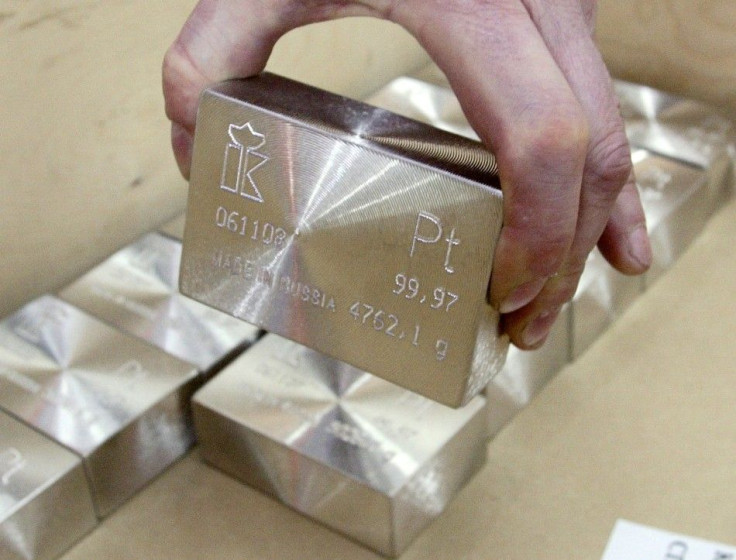Sunken Wreck Holds $3B in Platinum ... Maybe

(REUTERS) -- A Maine seafarer said he had found the wreck of a World War II merchant ship off the Massachusetts coast, sunk while carrying a cargo of the precious metal platinum valued today at nearly $3 billion, an unprecedented find that has raised some doubts.
Greg Brooks of Sub Sea Research in Gorham, Maine, said on Thursday he had discovered the submerged ship in 2008 some 50 miles (80 km) off the Massachusetts coast and, using a remotely run submersible vessel, identified it last summer as the British freighter Port Nicholson.
The coal-fired ship, which is resting 700 feet (300 meters) under water, was sunk by torpedoes in a June 1942 attack by a German U-boat, Brooks said.
The vessel had been bound for New York from Nova Scotia in Canada with 1.707 million ounces (48,393 kgs) of platinum, intended as a special wartime payment to the United States from the Soviet Union, he said.
That much platinum, if verified, would have a value today of $2.77 billion, at a market price of $1,624 per ounce.
If all the cargo is brought up, it will be the richest shipwreck in the world, the treasure hunter said.
The Port Nicholson, which Brooks said was owned by British shipping firm Port Line Ltd, was part of a convoy under military escort when enemy ship U-87 fired multiple torpedoes, sinking it and along with the troop ship Cherokee, causing many deaths.
Sub Sea Research said it verified the shipwreck using an underwater camera, has seen declassified documents verifying the cargo and interviewed survivors and relatives of the crew.
Brooks said the port of origin and tonnage led him to believe the ship may also have been carrying around $165 million -- at today's prices -- worth of other valuable metals.
He said he is 99.9 percent sure the platinum was on board and the wreck site shows no signs of any past salvage work.
As time went on, it was forgotten about, because it was a secret cargo, he said.
Platinum is used in catalytic converters in automobiles and has other industrial uses in goods ranging from computers to dental equipment and in cancer treatment.
In 2009, a federal judge gave Sub Sea salvage rights to the ship. Brooks said he hopes to begin recovery operations soon.
But some involved with the case question the wreck's purported cargo, which -- if accurately described -- would be the biggest cache ever recovered beneath the sea.
An attorney representing the British government in the matter said he is skeptical about the cargo and disagrees over who can claim to own it today under maritime law.
I don't have any official information yet on whether any of the things they claim were on there, were on there, said the Tampa, Florida-based attorney, Timothy Shusta. Our initial research into it indicated the ship was carrying machinery and military stores.
Wartime ship manifests historically were unreliable, and false ones sometimes were published to disguise the real cargo on board, Shusta said.
He agreed that Sub Sea Research had been named custodian of the wreck in U.S. court documents, allowing it to carry out salvage operations. But he disputed that this meant it can keep what it finds.
Most likely, maritime law will state that the cargo ultimately belongs to either the ship's owner, which he said is Britain, or possibly to former USSR-member Russia, which Sub Sea Research said later made good on the lost payment from the ship, Shusta said.
If the payment was not made, the U.S. government may have a claim to it, he added.
Even so, Sub Sea Research likely is entitled to an as-yet undetermined salvage award, if they bring something up, he said.
A similar case from five years ago is still playing out in U.S. courts.
In 2007, Florida deep-sea salvager Odyssey Marine Exploration recovered an estimated $500 million in gold and silver coins from a 19th century ship sunk off the Spanish coast.
Since then, federal courts have ruled in favor of Spain's claim to the treasure, although the money has not yet been paid.
© Copyright Thomson Reuters 2024. All rights reserved.






















